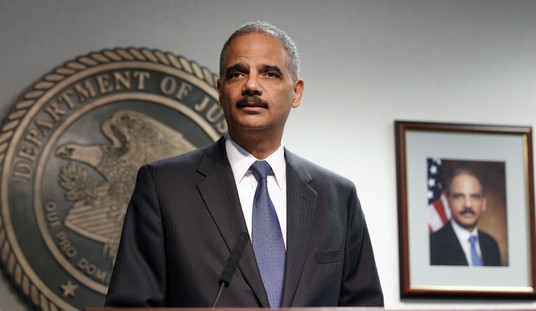If like me, you are someone who frequently relies on a ride-hailing service like Uber or Lyft to get around, you may be noticing an unpleasant development this spring as the country slowly reopens. It’s getting increasingly difficult to hook up with a driver during some parts of the day and even when you do, the wait times before they arrive are increasing. This is particularly true in the more densely populated cities. So what’s going on? The problem is particularly severe in Boston at the moment and the Boston Globe took a look at why this is happening. As it turns out, there are a couple of factors involved, but they may not be the obvious ones that jump to mind.
As the newly vaccinated masses venture out into the world again, they have found readily available Ubers and Lyfts to be a pre-pandemic memory. Local riders and drivers alike agree that current demand far outpaces supply…
Nowhere is the problem more acute than in Boston. The average wait time for an Uber in Boston this spring is 40 percent longer than in Philadelphia and 147 percent longer than in New York City, according to a company spokesman. Lyft did not respond to repeated requests for comment.
“Extreme sports — getting an Uber in Boston,” wrote one Twitter user in mid-May.
extreme sports- getting an Uber in Boston
— 𝕂𝕙𝕒𝕝𝕥𝕜𝕠𝕞 (@_kurlykay) May 17, 2021
It does appear that the wait times are longer in cities than in more suburban areas. I live in such a suburb and I’ve still been able to get an Uber every time I’ve needed one this year (on the rare occasions that I ventured out) but it definitely took longer than usual on most occasions. Boston does seem to be among the worst of the urban centers, though. Wait times in Beantown are nearly double what is being experienced in Philadelphia.
But not all cities are being impacted equally. New York City is far larger than the two I just mentioned and the average wait times there are one-third what’s being seen in Boston. So what’s the real explanation for the problem?
The Globe starts by pointing to the obvious and it’s a simple question of math. There just aren’t enough drivers logging on to the app to keep up with the number of rides being requested. Uber reports that in the first three months of this year, the average number of drivers logging in to work in the United States was down 37.5 percent from the same period in 2020. Lyft is doing even worse, with a 42.3% drop in available drivers.
That much should have been obvious, but the real mystery is why the drivers aren’t logging on. One factor is almost certainly the pandemic. Not everyone is ready to reemerge from isolation yet, or at least not until a lot more people are vaccinated. Older people are still the most at risk from the novel coronavirus and a large percentage of Uber’s drivers are retired people who are driving to supplement their retirement income.
But there’s another factor at play here and it has more to do with government regulations than the plague. Boston is one of the cities that passed a law banning what’s known as “surge pricing” among gig-economy companies. That allows ride-share rates to be raised during high-demand hours. It’s a good system because it provides a greater incentive for drivers to log on, reducing wait times while allowing the drivers to earn more than they normally would.
But Boston outlawed that, so some of the drivers are asking why they should bother working during the worst traffic conditions if there’s nothing extra in it for them. One driver told the Globe that he’s been making one-third less during peak hours since the law went into effect. The City Council originally claimed that they were passing the law to protect consumers from “outrageous” prices during peak demand hours. But in reality, as we’ve seen in so many other cities run by Democrats, they were doing whatever they could get away with to damage Uber’s business model. This was done on behalf of the traditional taxi companies and their unions who provide plenty of donations to primarily Democratic political campaigns.
At least in Boston, that strategy seems to be paying off. If they can’t shut down Uber completely, they’ll settle for making it harder and harder for the drivers to earn a living that way. The same goes for all of the Uber-busting laws passed in California, and similar effects are already being seen there.








Join the conversation as a VIP Member